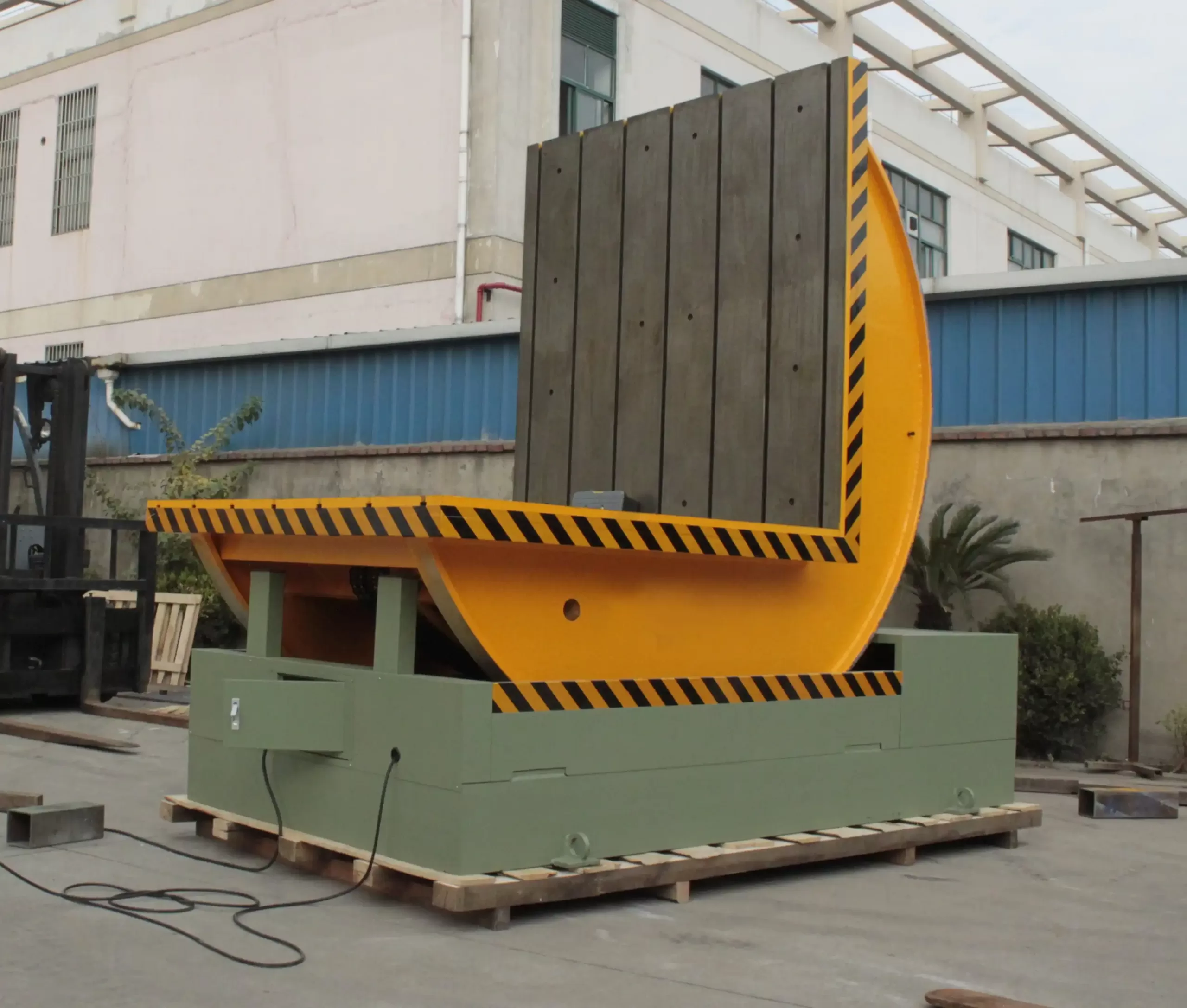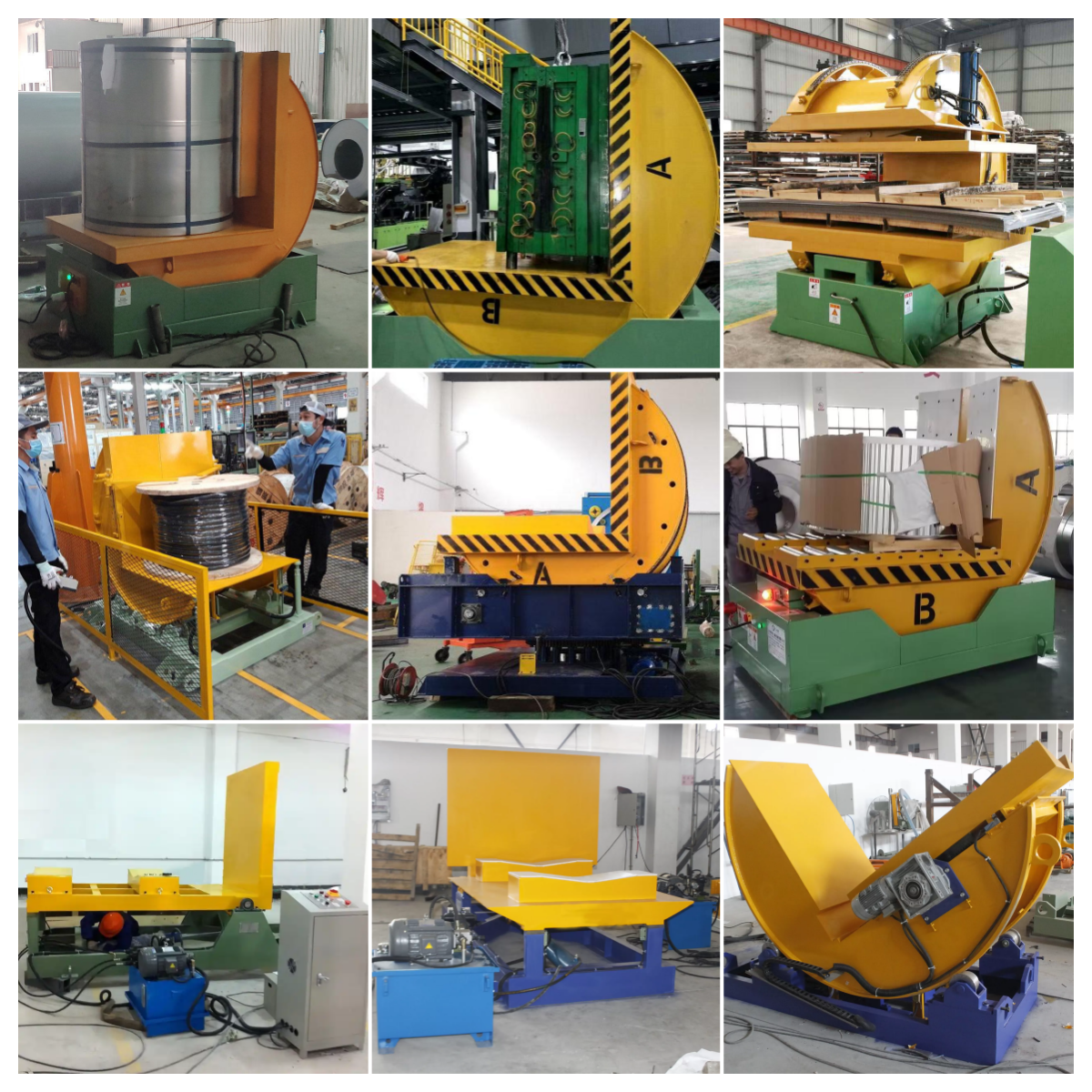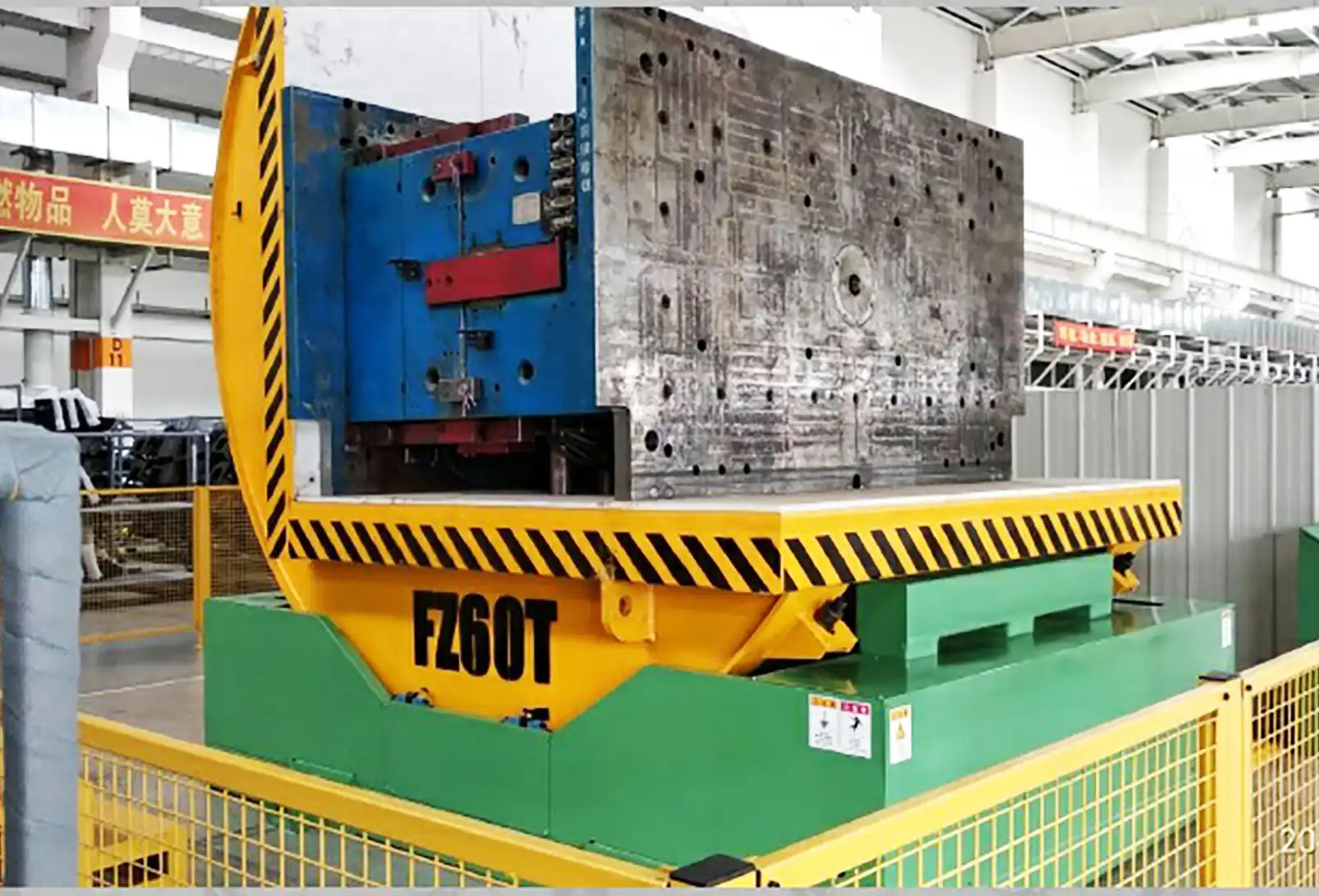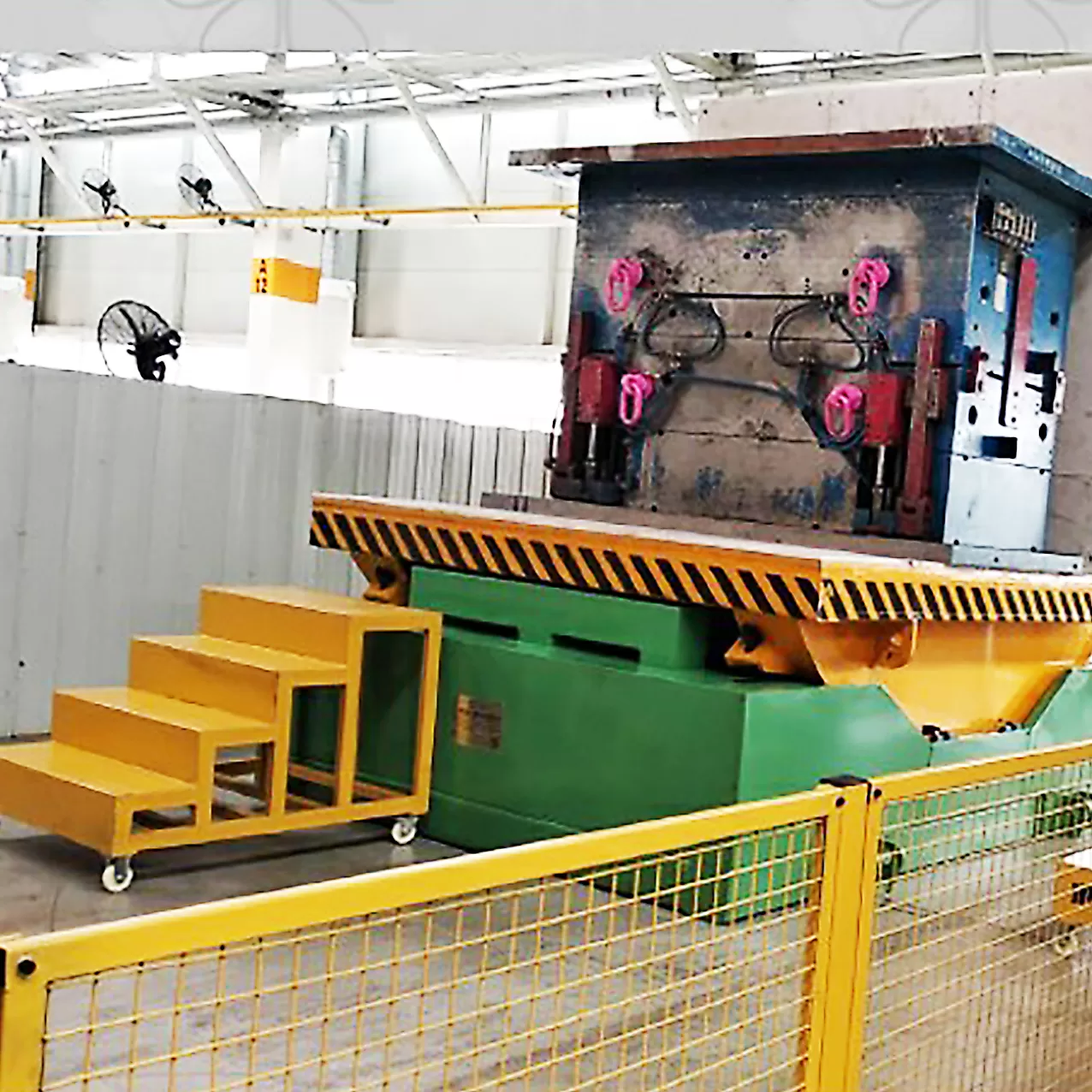Click to Chat
I'm online now.
Fhopepack Innovation
The Mold Rotator and Mould Rotating Machine are essential tools in industrial settings for the precise and controlled rotation of molds. These machines enhance productivity and safety by facilitating the easy handling and manipulation of various mold sizes, ensuring uniform casting and cooling in manufacturing processes such as plastics and metal foundries.






As we explore this case study further, we will highlight the challenges the company encountered during the upgrade process, such as integrating new technology with existing systems and ensuring minimal disruption to ongoing operations. Through careful planning and strategic implementation, the company navigated these obstacles, ultimately reaping significant benefits. The upgraded mould rotating machine not only improved production efficiency but also led to reduced waste and enhanced product quality, demonstrating how the right equipment choice can transform operational capabilities in a competitive manufacturing environment.
| Item | FPMT-03 | FPMT-05 | FPMT-10 | FPMT-20 | FPMT-30 | FPMT-40 |
|
Power Supply (V/Hz) |
Per requirement |
|||||
|
Power (Kw) |
1.5 | 2.2 | 3.0 | 5.5 | 10.5 | 16.0 |
|
Max. Loading (T) |
3.0 |
5.0 | 10.0 | 20.0 | 30.0 | 40.0 |
|
Table size (mm) |
Per Load size | |||||
|
Speed (sec) |
50-90 | 50-90 | 60-90 | 70-90 | 70-90 | 60-100 |
|
Machine Weight (T) |
2.2 | 2.8 | 3.5 | 4.0 | 5.0 | 6.0 |
|
Machine size (mm) |
Desinged Per Load size | |||||
| Warrantee | 24 Month | |||||
In the fast-paced world of manufacturing, efficiency and quality are paramount. Choosing the right equipment, such as a mould rotating machine, can significantly impact production outcomes. This case study explores the decision-making process of a company that needed to upgrade its machinery for large-scale operations. Through in-depth analysis, we will uncover the factors that influenced their choice, the challenges faced, and the ultimate benefits gained.

When the company, a leading manufacturer of plastic components, experienced increased demand, it became clear that their existing machinery could not keep up. Production bottlenecks not only hindered growth but also compromised the quality of their products. They needed a solution that could improve their throughput and ensure consistent quality in their output.
The first factor in their decision was production capacity. The company required a mould rotating machine that could handle large volumes without sacrificing quality. They explored various models, focusing on those that could support their desired output levels.
The physical space available in their production facility was another crucial consideration. The selected machine needed to fit seamlessly into their existing layout while optimizing workflow. This meant looking for compact designs that didn’t compromise functionality.
User-friendliness and ease of maintenance were essential for ensuring minimal downtime. The company prioritized machines with intuitive controls and accessible components for routine maintenance.
Budget constraints are always a concern. However, the company understood that investing in a high-quality machine would pay off in the long run. They analyzed total cost of ownership, considering not just the purchase price but also operational efficiency and maintenance costs.
The evolution of technology in machinery was a key aspect of their evaluation. They sought machines equipped with the latest features, such as automated controls and sensors, that enhance productivity and reduce human error.
The team conducted extensive market research, comparing several manufacturers and models. They compiled data on performance metrics, user reviews, and case studies from other companies in similar industries.
Before making a final decision, the company arranged for demonstrations of shortlisted machines. This hands-on experience was invaluable in assessing how each machine performed under real production conditions.
The reliability of the supplier was critical. The company looked for manufacturers known for excellent post-sale support, including training, spare parts availability, and technical assistance.
Engaging various stakeholders in the decision-making process was vital. Input from operators, engineers, and management helped ensure that all perspectives were considered. This collaborative approach led to a more informed decision.
After thorough evaluation, the company chose a state-of-the-art mould rotating machine that met their capacity and efficiency needs while fitting their budget. The selected model included advanced features such as real-time monitoring and energy-efficient operation.
The installation of the new machine was smooth, thanks in part to the supplier's thorough preparation and support. Operators received comprehensive training, ensuring they could leverage the machine's full potential from day one.
The impact of the new mould rotating machine was immediately apparent. Production capacity increased by 40%, while defects dropped significantly. This not only improved product quality but also enhanced customer satisfaction.
Choosing the right mould rotating machine for large-scale operations is a complex process that requires careful consideration of various factors. In this case study, the company’s commitment to thorough research and stakeholder involvement led to a successful upgrade. As they continue to grow, their investment in high-quality machinery will undoubtedly play a crucial role in maintaining their competitive edge in the market. Ultimately, the right machine can transform production capabilities, ensuring long-term success.
I'm online now.